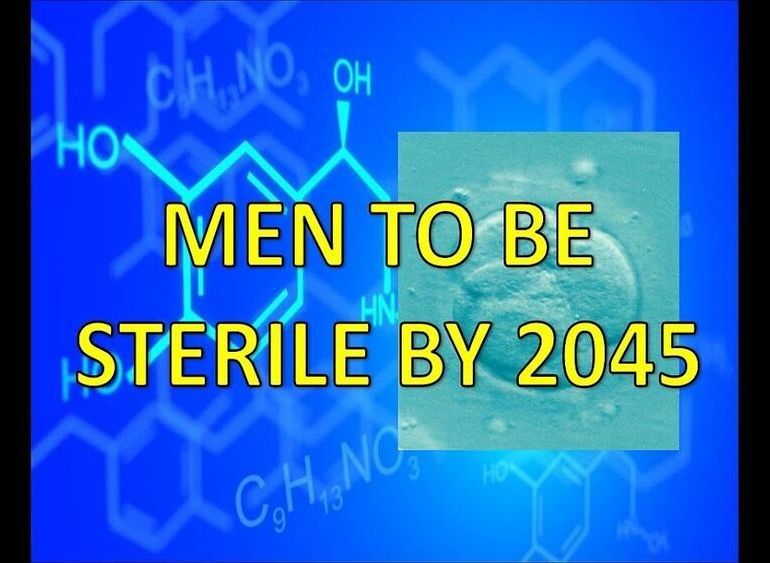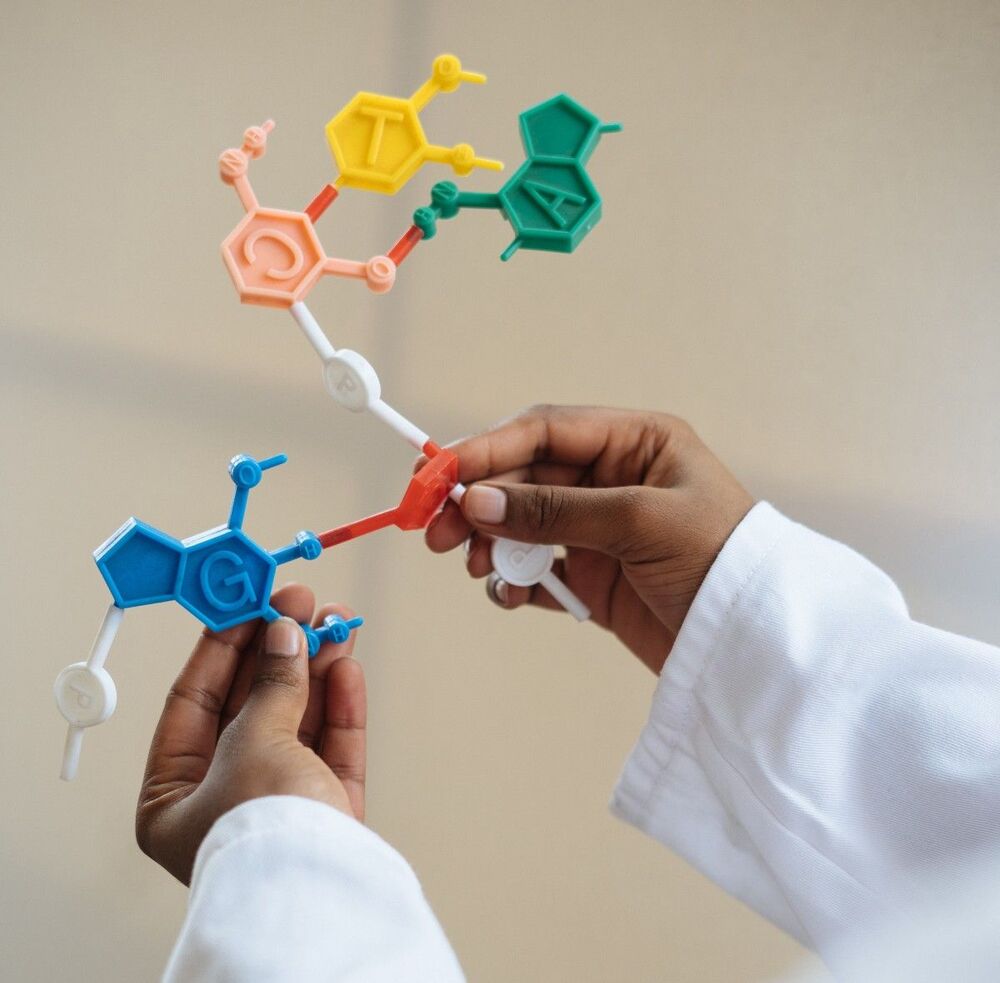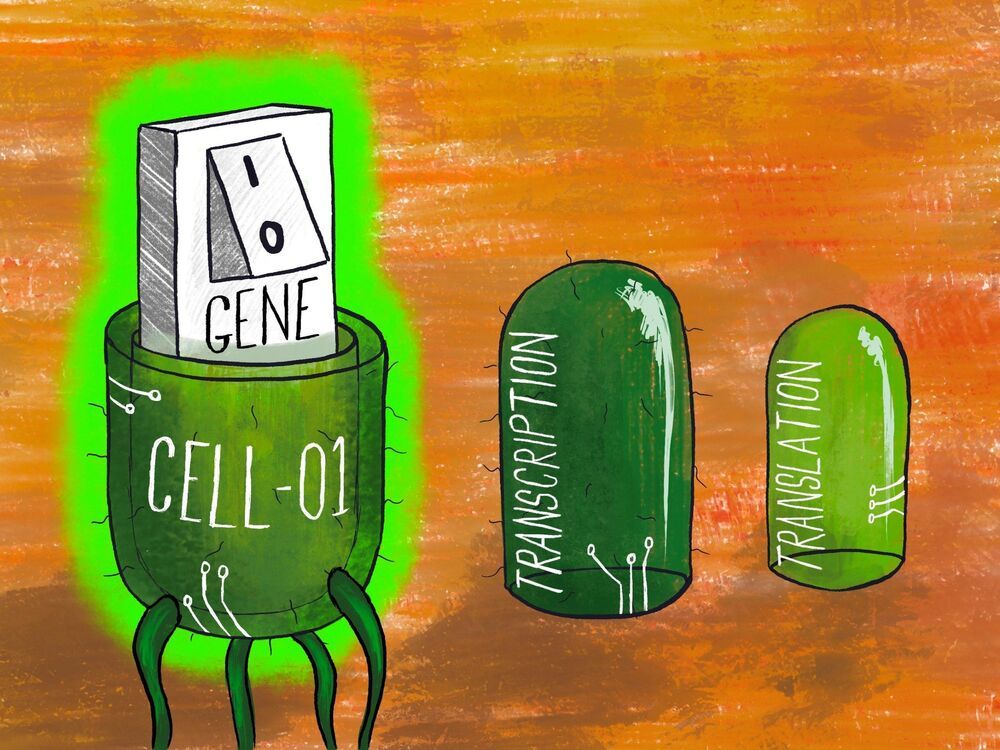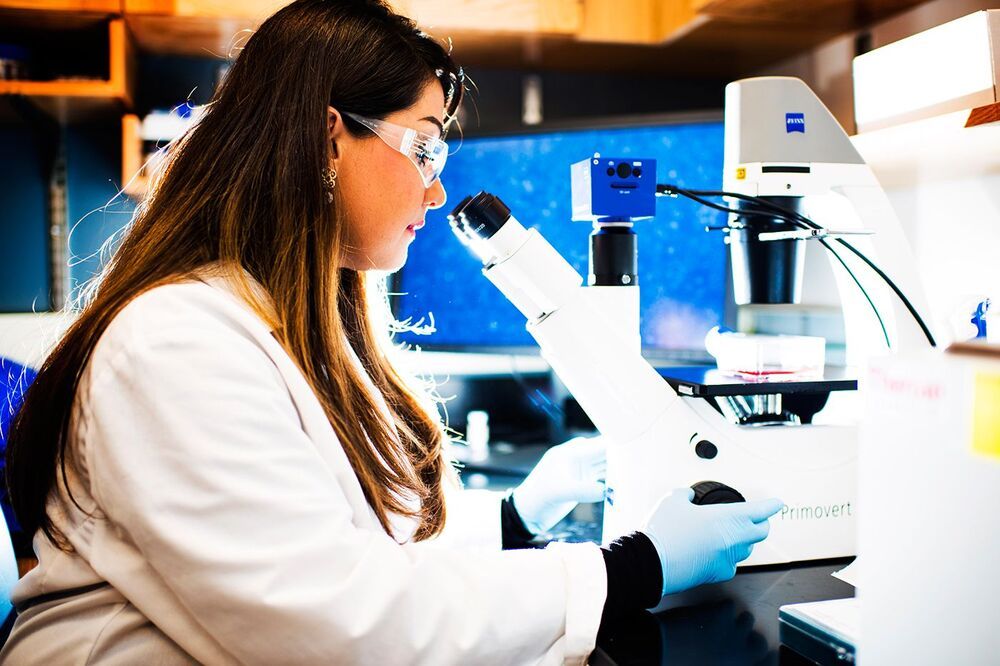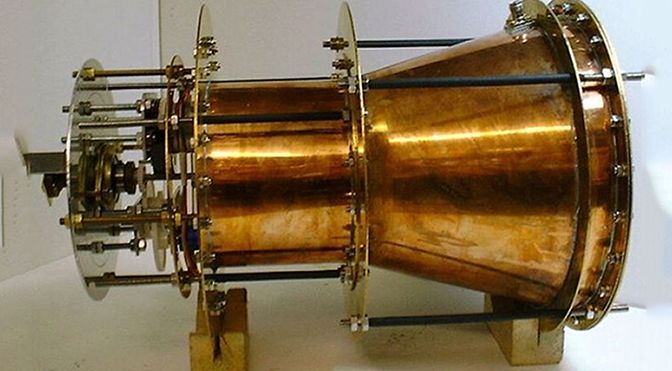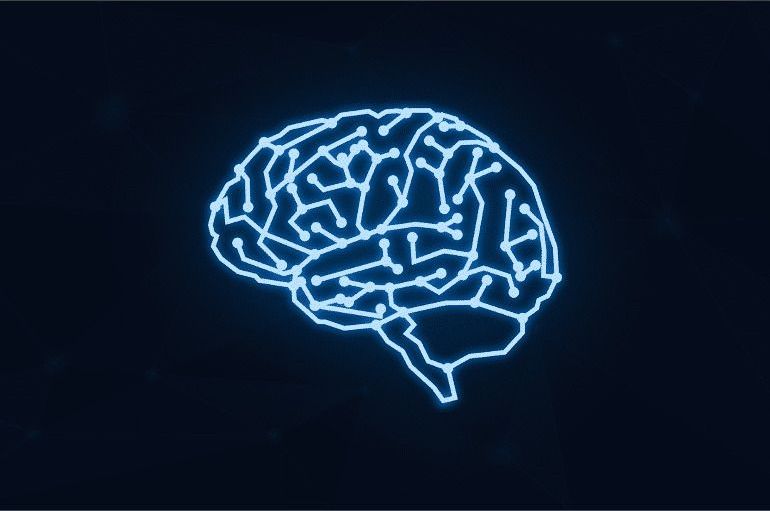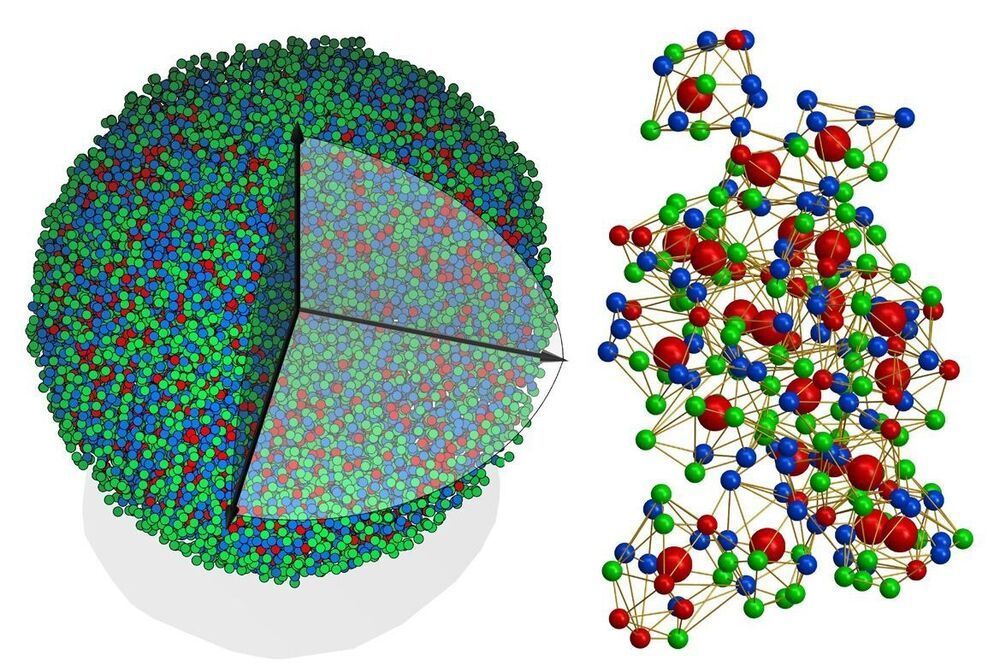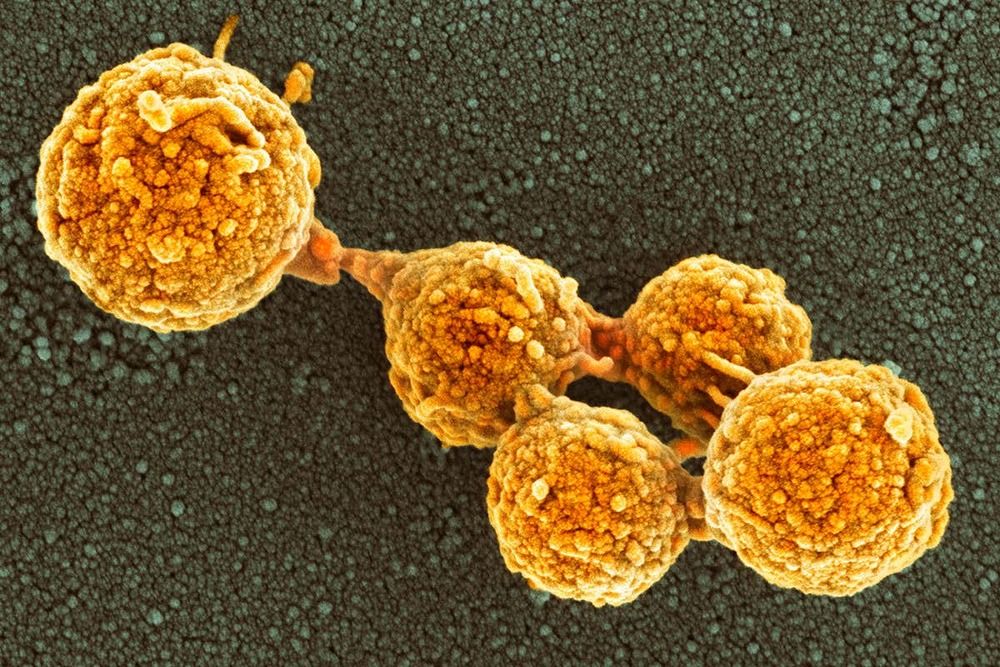Find out how endocrine disrupting chemicals, like BPA, can render most men sterile by 2045. Learn about chemicals in our food that disrupt our immune system, about cancer causing chemical in hand sanitizers. See what these have to do with sperm counts falling. How do they affect wildlife, and food production. See what you can do about it!
Green Gregs has teamed up with True Leaf Market to bring you a great selection of seed for your spring planting. Check it out: http://www.pntrac.com/t/TUJGRklGSkJGTU1IS0hCRkpIRk1K
See the Special Deals at My Patriot Supply: www.PrepWithGreg.com.
Support freedom: FreedomRestorationFoundation.org.
To join the Freedom Restoration Foundation (FRF) email: info@ FreedomRestorationFoundation.org.
Put Freedom in the Title.
FRF On FaceBook: https://www.facebook.com/groups/1017608155367475
